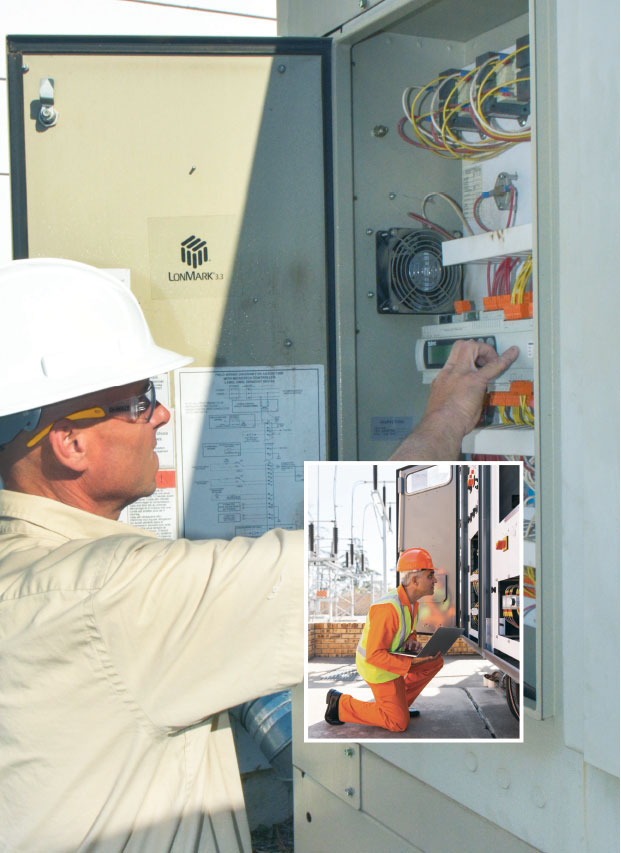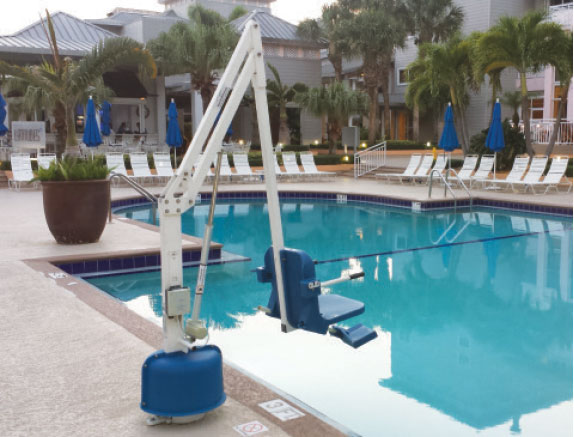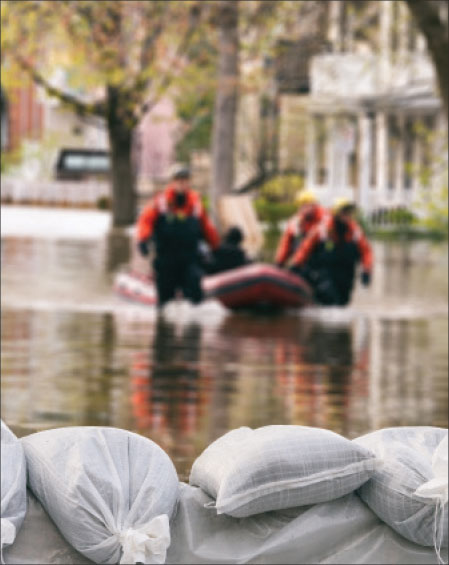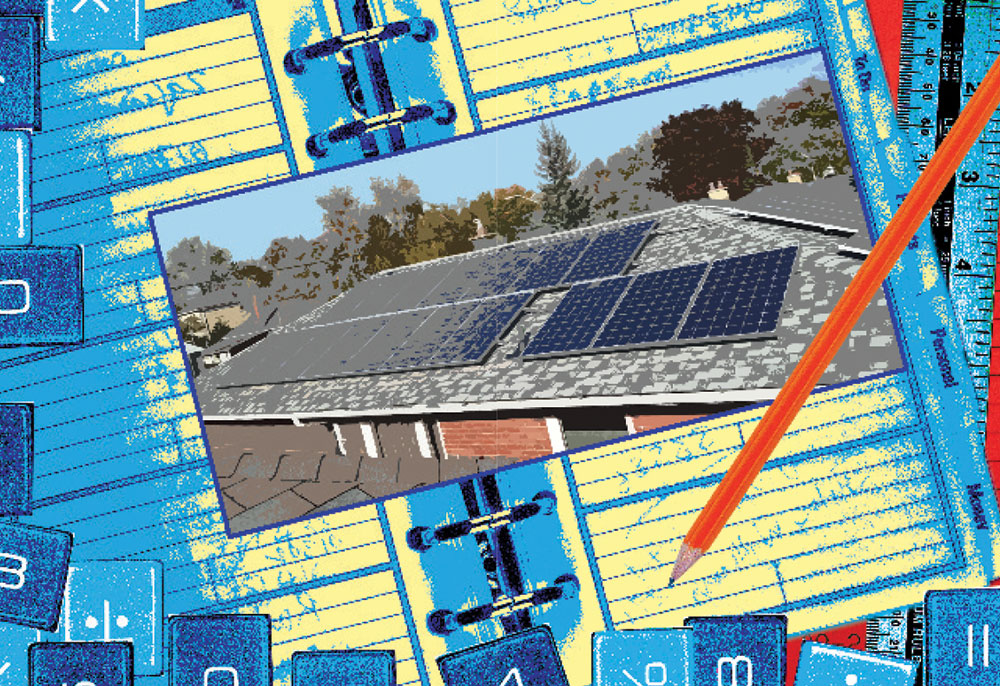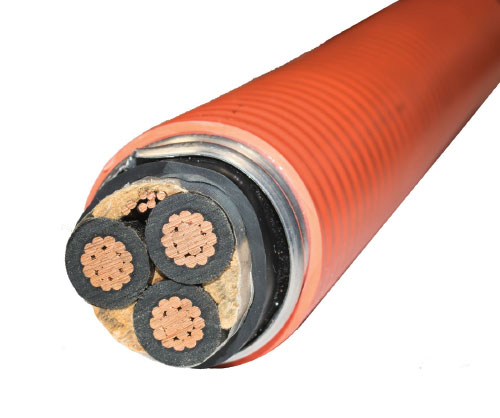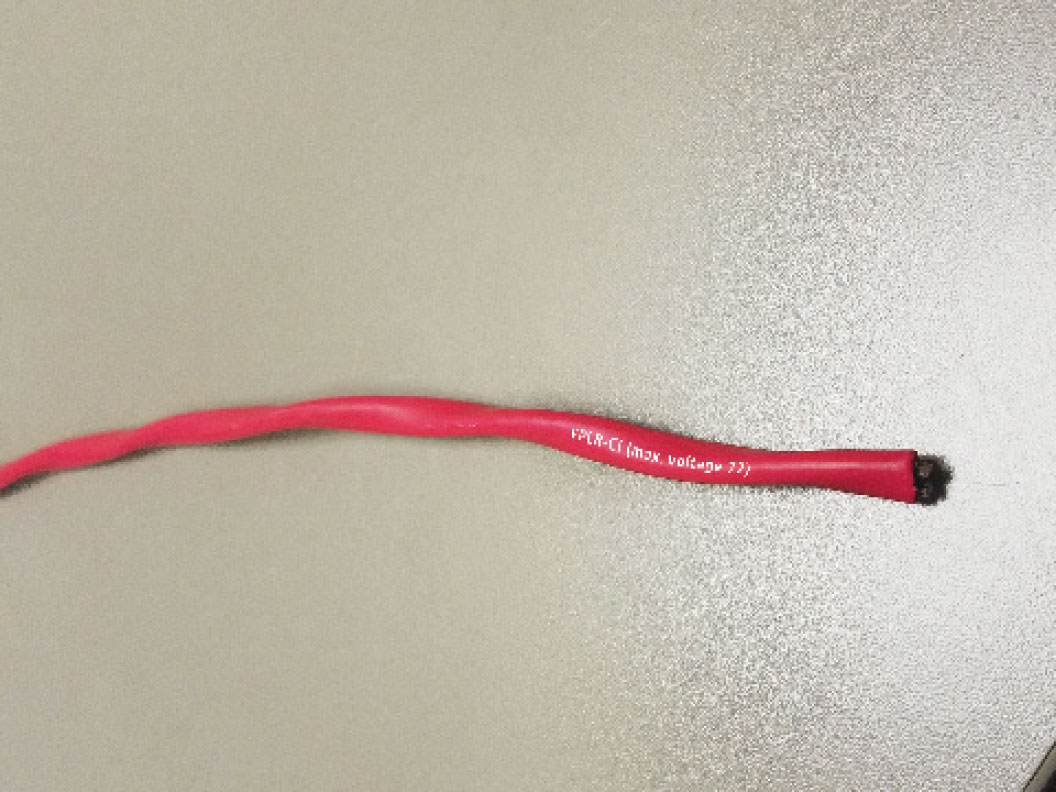Although field evaluation process is well-established in the industry, it is not consistently understood by the industry stakeholders.
I see in the 2017 NEC Section 680.81 requires electrically powered pool lifts to be Listed. Does UL Certify (List) these types of pool lifts?
As the debate on the frequency and magnitude of storms being caused by climate change continues, the bottom line is that we are seeing far more extensive damage being sustained due to high winds, flooding, and fires.
In this article, we will look at the dc currents in the PV system and see how they vary with the environment and how the Code is modified from the normal requirements to deal with these variations.
By this time, the subject of FT marking for combustible insulation and jackets of conductors and cables should be well understood by the Canadian Electrical Code (CE Code, Part I) users.
Guide to the Canadian Electrical Code, Part I – Section 12 Wiring Methods: Installment 8 in a Series
It should be noted that while many other sections of the CE Code are commonly used by designers, installers and regulators, Section 12 is mostly used by electricians and by electrical inspectors.
This is the first of a series of articles detailing significant changes approved by the Technical Committee for the 2018 Canadian Electrical Code Part I (CE Code).
I remember a few years back that circuit integrity (CI) cables all lost their Listings. Is this still true today? Are there any Listed CI cables?
In the early stages, before we could embark on building a plan, we had to define our vision, our mission, our purpose, and our values. By clearly defining these items, the board set the framework for the association to build Vision 2021.

